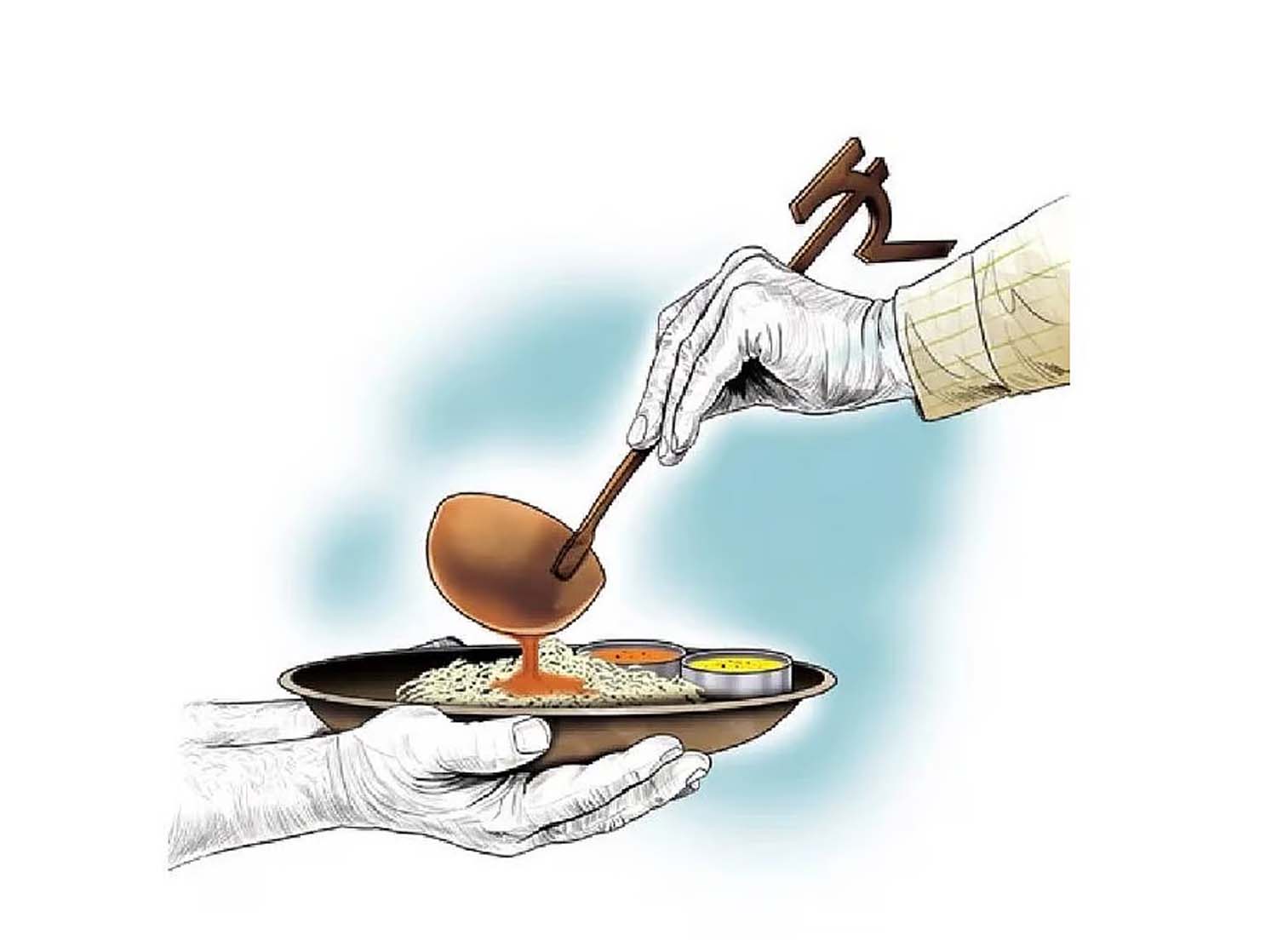
Sam
KERALA is once again presenting to the world another shining example of the Kerala Development Model. On the upcoming Kerala Piravi Day — November 1, 2025 — as the state steps into the 70th year of its formation, Kerala would have completely eradicated extreme poverty. It reflects the CPI(M) led Left Democratic Front (LDF) government's distinctive bias towards the poor and the marginalised, which is reflected in both its development and welfare initiatives.
This is in a country in which the issue of poverty eradication featured on the agenda of the Indian ruling classes only about a decade and a half after attaining Independence, through the ‘Garibi Hatao’ slogan which raised in the 1971 general election. It was also the central theme of the Fifth Five-Year Plan (1974–1979). However, even forty years after that slogan was coined, in 2011–12, 30 per cent of the Indian population was still reeling under poverty, as per the estimates of the Rangarajan Committee.
BENCHMARKS CHANGED BY GOI
Over the years, successive Union governments have shifted poverty line benchmarks multiple times so that a larger population can be shown to be above the poverty line. The government even adopted the Modified Mixed Recall Period (MMRP) method in the Household Consumption Expenditure Survey (HCES) replacing the older Uniform Reference Period (URP). This change increased recorded consumption, thereby reducing the estimated poverty rate significantly. For example, India's poverty rate reduced to 16.22 per cent in 2011–12 after applying MMRP.
Additionally, the Union government has developed its own Multidimensional Poverty Index (MPI), which uses specific parameters and indices that can be adjusted to show better performance. As per the ‘National Multidimensional Poverty Index – A Progress Review 2023’, published by the NITI Aayog, the share of India’s population which is multidimensionally poor has declined from 24.85 per cent in 2015–16 to 14.96 per cent in 2019–21. This index is based on the National Family Health Survey data for 2019–21 (NFHS–5). Among states, Kerala has the lowest (0.55 per cent) and Bihar has the highest (33.76 per cent) level of poverty. In NFHS–4, Kerala's poverty figure was 0.70 per cent.
NO ONE IS LEFT BEHIND
Kerala's recorded poverty rate is a statistically negligible figure. Yet, for the LDF government, no person is negligible; not a single individual is to be disregarded or left behind. It has always been the consistent stand that the benefits of development and welfare should reach every section of and every individual in the society. It is this commitment that led the state government to launch a comprehensive initiative to wipe out extreme poverty from Kerala. The entire administrative apparatus was galvanised into action to ensure the achievement of this historic objective.
Eradication of extreme poverty was a decision taken up by the current LDF government in its first Cabinet meeting, immediately after assuming office as the continuation of the previous LDF government. In pursuance of that decision, a statewide survey was conducted from July 2021 onwards to identify families and individuals living in conditions of extreme deprivation. Over 14 lakh people were engaged in the exercise to identify them. This was followed by field level validation, super check and final confirmation in the grama/ward sabhas. That survey revealed that 1,03,099 individuals across 64,006 families in 1,032 Local Self Government Institutions were living in extreme poverty.
A CONTINUOUS MISSION FOR KERALA
Measures have since been undertaken to eradicate extreme poverty in the state before it completes seven decades of its formation. Individualised micro–plans were prepared for every family, tailored to their specific circumstances. These plans were categorised into short–term, medium–term, and long–term programmes. Immediate services and benefits were provided under the short–term component, while schemes requiring three months to two years for completion were included under the medium–term plans. Under the long–term plans, skill training, support for education, livelihood, entrepreneurship, etc. and housing assistance were provided, to ensure that eliminating extreme poverty is not a one–time endeavour, but a continuous mission.
In the initial phase, all necessary documentation was ensured for every individual. Aadhaar, ration cards, voter ID cards and health insurance were promptly issued or made available to 21,263 families. Simultaneously, steps were taken to guarantee food and healthcare for every family. Food security was ensured through the provision of food kits and freshly cooked meals through Kudumbashree networks. Individuals within the identified families who were suffering from health problems received assured medical treatment and necessary medicines. Special income–generating programmes were designed and implemented for those without regular sources of livelihood.
Ever since 2016, the LDF government is already on a mission to end homelessness and landlessness in the state, through the LIFE Mission and the Revenue Department. Over the last 9 years, around 4.5 lakh houses have been built, and more than 4 lakh land title deeds have been distributed. As part of eradicating extreme poverty too, significant efforts were made to secure safe and dignified housing for those among the identified. An amount of Rs 473 crore was expended for this purpose. Land was also identified and allocated to the landless among those identified, with about 30 acres earmarked for distribution. Every department of the state government played its part, contributing meaningfully toward the realisation of the goal of eradicating extreme poverty.
On November 1, 2025, Kerala would have achieved a milestone that no other state in the country has achieved, by implementing a comprehensive programme that no other government in India ever had the courage or vision to conceptualise. Sustaining this achievement permanently would be Kerala’s challenge in the future. To that end, the entire society of Kerala would have to shoulder a collective responsibility.


